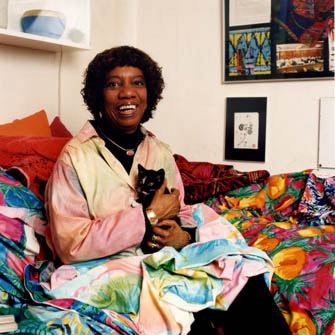 | ||
Althea McNish is a British textile designer of Trinidadian origin who has been called the first British designer of African descent to earn an international reputation. Born in Trinidad, McNish moved to Britain in the 1950s. She was associated with the Caribbean Artists Movement (CAM) in the 1960s, participating in CAM's exhibitions and seminars and helping to promote Caribbean arts to a British public. Her work is represented in the collections of the Victoria and Albert Museum, the Whitworth Museum, the Philadelphia Museum of Art and the Cooper-Hewitt (Smithsonian Design Museum), among other places.
Contents
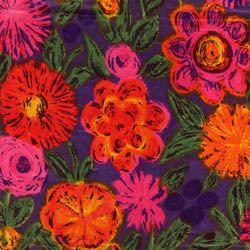
Background
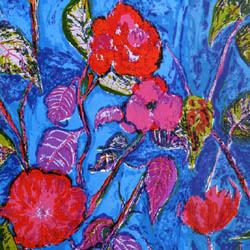
Althea Marjorie McNish was born in Port of Spain, Trinidad, around 1933. Her prosperous family was descended from the Merikin settlers in Trinidad. She painted as a child, was a junior member of the Trinidad Arts Society and had her first exhibition at the age of 16. Her influences included local artists Sybil Atteck, Amy Leong Pang and Boscoe Holder, and European modernists such as Vincent Van Gogh.
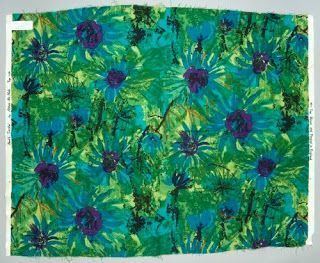
In the early 1950s McNish moved with her mother to London, England, to join her father there. She already had a place to study at the Architectural Association School of Architecture in Bedford Square but instead took courses at the London School of Printing and Graphic Arts, the Central School of Arts and Crafts and the Royal College of Art. In her final year at the London School of Printing and Graphic Arts, she became interested in textiles with the encouragement of Eduardo Paolozzi, and chose printed textiles as her subject of study on progressing to the Royal College of Art, where her talent was recognised by Hugh Casson. On graduating, she immediately won a commission from Arthur Stewart-Liberty, head of the Liberty department store, sending her the same day to Zika Ascher, who commissioned her to design a collection for Dior. Successfully designing for such prestigious clients, McNish was the first Caribbean woman to achieve prominence in this field.
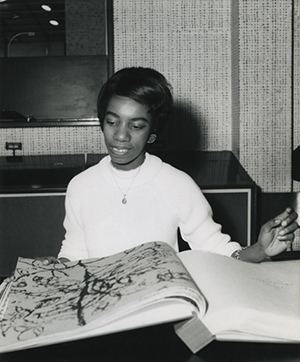
She took part in the art exhibitions of the Caribbean Artists Movement (CAM) held in 1967, May 1968 and January 1971, exhibiting textiles as well as "plastic panels in laminate". For the Caribbean edition of the BBC TV magazine programme Full House, produced by John La Rose and transmitted on 3 February 1973, she brought together the work of CAM visual artists as a studio setting for CAM writers, musicians and film-makers.
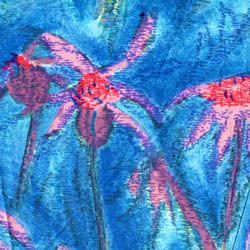
More recently, her work — represented by three printed textiles from early in her career: Golden Harvest, Pomegranate and Fresco — was featured in the exhibition RCA Black: Past, Present & Future (31 August–6 September 2011), organised by the Royal College of Art in collaboration with the African and African-Caribbean Design Diaspora (AACDD) to celebrate art and design by African and African-Caribbean graduates.
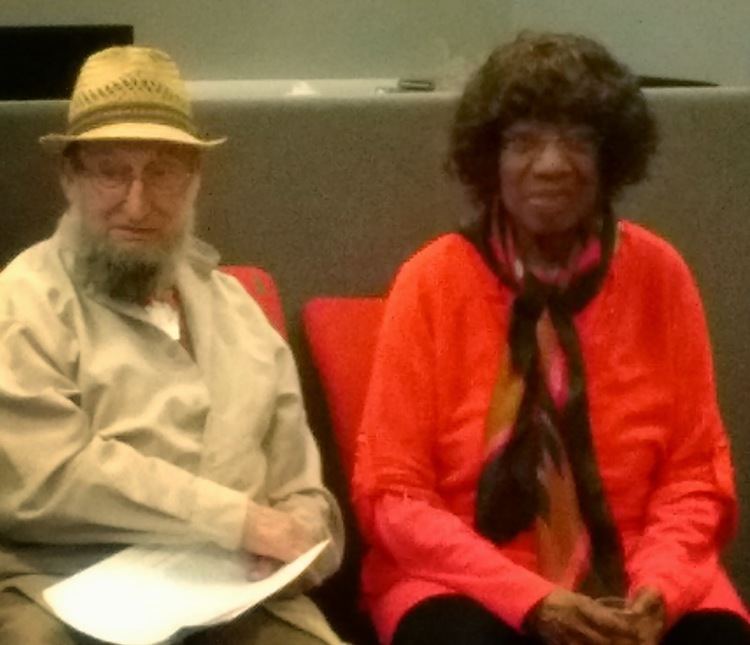
In 1969 she married John Weiss, architect, jeweller and historian, and has worked in partnership with him since 1971.
Notable designs
Most of McNish's designs are based on nature though some use abstract themes, occasionally geometric. One of her first designs to go into production, Golden Harvest in 1959, was a screen print on cotton satin manufactured by Hull Traders (for whom she created eight patterns), the design being based on an Essex wheatfield but using tropical colours. A number of her early designs including Tropic, a dress fabric printed on silk and produced by Zika Ascher in 1959, and Gilia, a cotton furnishing fabric featuring tropical foliage in green and gold, produced by Hull Traders in 1961, are in the textile collection at the Victoria & Albert Museum. Also in 1959, for a commission by the Design Research Unit for the new SS Oriana, which was launched in November 1959 and was the last of the Orient Steam Navigation Company's ocean liners, she painted murals for two restaurants, Rayflower and Pineapples and pomegranates, laminated into Warerite plastic panels.
In 1997, reviewing the exhibition Transforming the Crown: African, Asian and Caribbean Artists in Britain, 1966–1996, in which McNish participated at the Studio Museum in Harlem, New York, with other CAM artists, The New York Times reported that she "produces abstract, geometric fabric designs inspired by African motifs".
